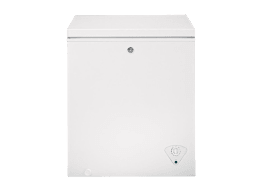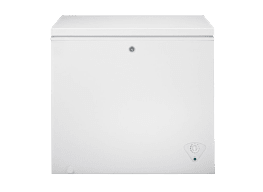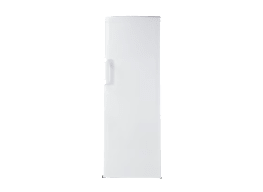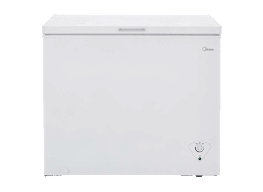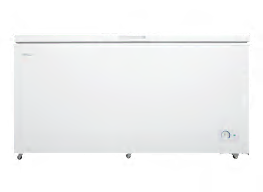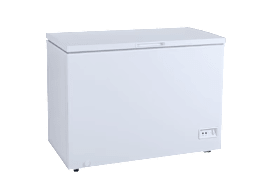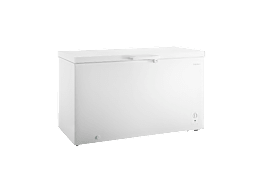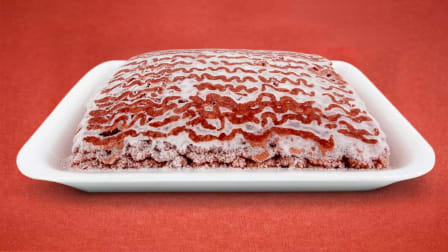Best Freezers of 2024
You can count on these chest and upright models from Consumer Reports' tests
When you shop through retailer links on our site, we may earn affiliate commissions. 100% of the fees we collect are used to support our nonprofit mission. Learn more.
The freezer compartment of a standard refrigerator can be woefully inadequate if you buy food in bulk or grow your own veggies. That’s one good reason to consider a standalone freezer; another is the rising price of groceries. Having more freezer space means you can take advantage of lower prices when you find them.
If you already have a standalone freezer, it’s a good time to assess if it will make it through another season—if it’s 10 years old or older, consider a replacement. If you don’t own one and have the space to devote to another appliance, you can find a reasonably priced freezer that’s also energy-efficient, meaning it will save you money over the long run.
Freezers come in two types—chest and upright—and multiple sizes from small and compact to extra-large models that take up as much floor space as a small couch. So you have plenty of choices whether you freeze single portions of food for just yourself or an entire side of beef for the whole family.
How We Pick the Best Freezers
Buying a standalone freezer is a calculation. Do you want an upright or a chest freezer? Where will you put it and how much space do you have? To help you find the best model for your needs, Consumer Reports’ freezer ratings make it easy for you to compare them by grouping freezers by size and capacity (small, medium, large, and extra-large) as well as by configuration (chest or upright). That way, you’re not comparing the performance of a chest freezer as big as a bathtub to one the size of a dishwasher.
Best Chest Freezers From CR's Tests
If you’re planning to put your freezer in a basement or other out-of-the-way place, consider a chest model. Chest freezers don’t come with a self-defrosting feature, which means you’ll have to take the food out periodically to defrost it manually. Also, be aware that the deepest of these deep freezers can be difficult to organize. Below are the top-rated chest freezers from our test in four categories: small, medium, large, and extra-large.
Best Upright Freezers From CR's Tests
Think about an upright model if you’re putting the freezer in your kitchen. Some are available in different finishes that you can match to your kitchen suite. (Chest freezers usually come in basic white.) Some upright freezers also come with a self-defrost feature, so you don’t have to take everything out to defrost it. In our tests, the self-defrosting models perform better than manual-defrost models. Keep in mind that uprights usually cost more to run than chest freezers. Below are our top picks in small, medium, and large sizes.
How CR Tests Freezers
We test freezers under both normal and adverse conditions. That’s because if there’s ever a power outage, you want a model that keeps your food frozen for as long as possible.
We start by evaluating how well each freezer maintains food at a constant temperature on a day-to-day basis. To do this, we pack each one with boxes of frozen spinach and measure the internal temperature of the cavity in 15 different places over the course of six weeks.
To see how well a freezer fares under adverse conditions, we simulate a power outage by raising the temperature in the test chamber to 90° F and unplugging the loaded freezer for 9 hours. “We test them in a warm room because summer is often when the power goes out,” says Larry Ciufo, who analyzes our freezer test data. In the best freezers, the temp rises by just a few degrees. But the worst models show a temperature spike of 25° F or more, which means food can start to thaw.
In addition to these tests, we also calculate energy efficiency and measure noise output. This information is also included in our ratings.

















